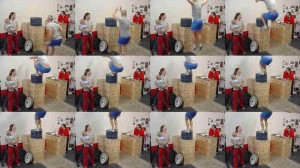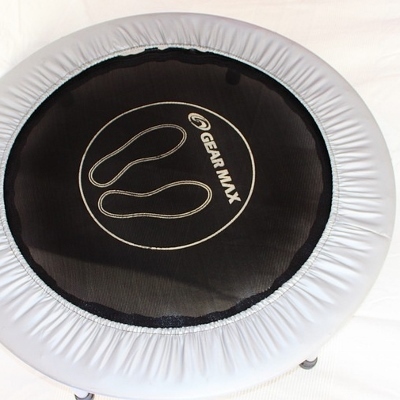There are two simple words that can deliver unbelievable results: isometrics and plyometrics. One is for speed and explosiveness. The other builds strength and flexibility. Both are notorious for getting you in awesome shape.
Isometric exercises use your body’s weight or strength to make your muscles work. Huh? A perfect example is a push-up. That is isometric as you use your body to strengthen your arms. I read before that you lift about 80% of your weight with each rep. Another example is to stand in a doorway and push against the frame as hard as you can.
These types of exercises can and will produce lean muscles. Because of the types of movement that you are employing you also are stretching the muscles, which will add flexibility. There are tons of exercises that you can do, such as pull-ups, crunches, push-ups, dips, lunges, squats, etc. I published a push up plan awhile back that is great for getting you into shape. Do some research, and you can find exercises for every muscle in your body. Then share them with me…I am always into new routines.
Why, oh why, do plyometrics work? They are similar to the concepts talked about in isometrics but employ different muscle fibers. Isometrics work your slow twitch muscle fibers, which are responsible for strength. Plyometrics work your fast twitch muscles which give you speed and explosiveness.
Many track athletes and fighters rely on these for remaining competitive. In Tae Kwon Do, I used to jump objects and run the bleachers at stadiums to achieve results. Some people set up blocks at varying heights and jump onto them or over them. Another great workout is to practice jumping off of the starting line like in track events. This develops the explosiveness of your muscles.
I used to love tying a stretch band to something solid and the other end to my ankle. From here, I would practice kicking the heavy bag. Going from flatfoot to target and back as fast as I could.
The photo below is of a friend, an Olympic-hopeful Greg McElravy displaying plyometrics.






